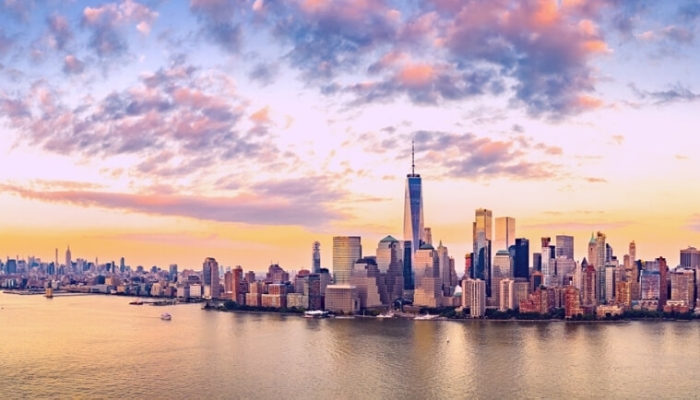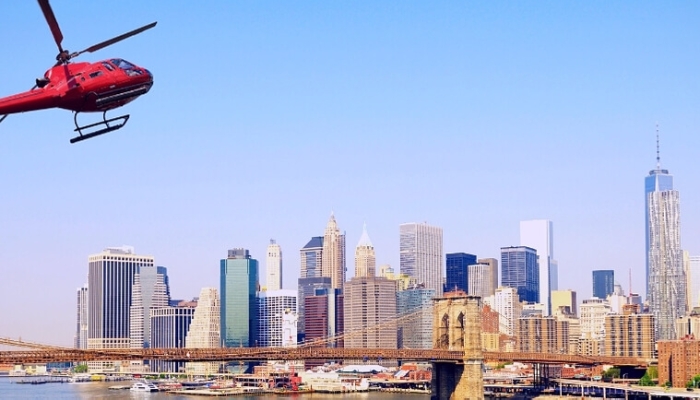The Wealthiest Street in Manhattan: Here are the 10 Secrets of Park Avenue
05/31/2023
WALKING AMONGST ICONIC BUILDINGS and historic figures
Park Avenue is a bustling street in the heart of Manhattan that is home to some of New York City's most iconic landmarks, including the Waldorf-Astoria and the former Pan Am Building. However, there are also hidden gems to be discovered along this famous artery. From buried railroad tracks to ancient cultural institutions, Park Avenue is full of surprises.
These 10 secrets offer a glimpse into the street's rich history and timeless charm, making it worth exploring with a sense of adventure and curiosity. So next time you find yourself in the area, be sure to seek them out and experience Park Avenue in a whole new way.
EDITOR'S NOTE: One of the best times to explore Park Avenue is during the Summer Streets program in August when the city shuts down the road to cars on Saturdays. This allows pedestrians and cyclists to enjoy the avenue without the usual traffic. So if you're in NYC during August, be sure to take advantage of this unique opportunity to experience Park Avenue in a whole new way!
1. Park Avenue was originally known as "Fourth Avenue" up to 40th Street. In 1860, a portion of the street was renamed "Park Avenue," while the area between 33rd Street and 17th Street is now called "Park Avenue South."
2. Continuing our list of the 10 secrets of the area, Park Avenue was originally a railway track known as New York and Harlem Railroad. The section of the avenue from 34th to 40th Street was initially a park and only later was filled in to extend the road north.
3. The Waldorf-Astoria Hotel was built over one of the original platforms of the Grand Central Terminal. In the past, the railway was used to transport hotel guests, including famous personalities like General John J. Pershing.
4. The basement of Grand Central Terminal is the largest and deepest in New York City. Now that the MTA has extended the Long Island Rail Road (LIRR) service to Grand Central, the basement is even deeper.
5. The pistols used in the famous duel between Alexander Hamilton and Aaron Burr are currently housed in the headquarters of JP Morgan Chase on Park Avenue. They were bought by Chase Bank in 1930.
6. Park Avenue also played a role in John F. Kennedy's presidential campaign. In 1957, JFK lived in the McKim, Mead, and White apartment complex on Park Avenue, and it was from there that his campaign was organized. This is just one of the 10 secrets of Park Avenue that not everyone knows about.
DISCOVERING PARK AVENUE: THE MAP
7. The Park Avenue Tunnel, also known as the Murray Hill Tunnel, was built in 1834 for the New York & Harlem Railroad. Later, the tunnel was filled and transformed into a passage for cars and vehicles.
8. The Drill Hall of the Park Avenue Armory was used for the radio broadcast of the theatrical opera "The Fall of the City" in 1937. This American verse play written for radio boasted the participation of Orson Welles.
9. The Pan Am Building, now Met Life Building, had a heliport on the roof that operated between 1965 and 1968. The heliport was reopened in 1977 but was shut down three months later due to a fatal accident.
10. Park Avenue also extends into the Bronx via the Park Avenue Bridge, which carries the Metro-North Railroad across the Harlem River.
Now that you know the 10 most intriguing secrets of Park Avenue, you will surely be eager to discover them ...
... ENJOY YOUR TOUR!
VIEWS OF PARK AVENUE - THE PHOTO GALLERY









